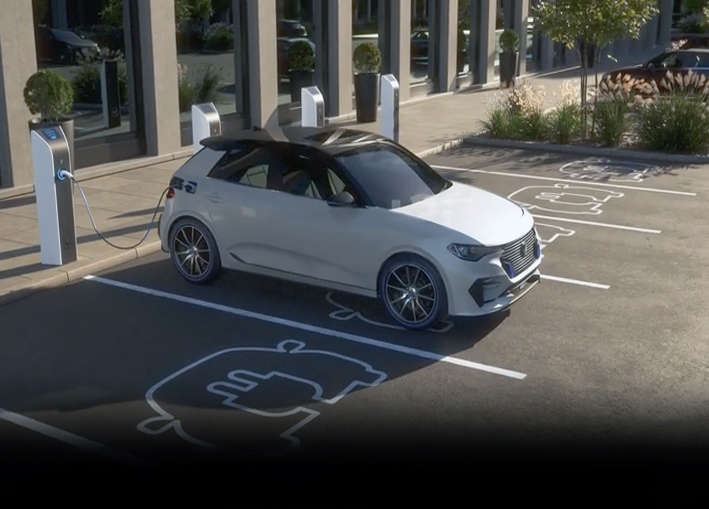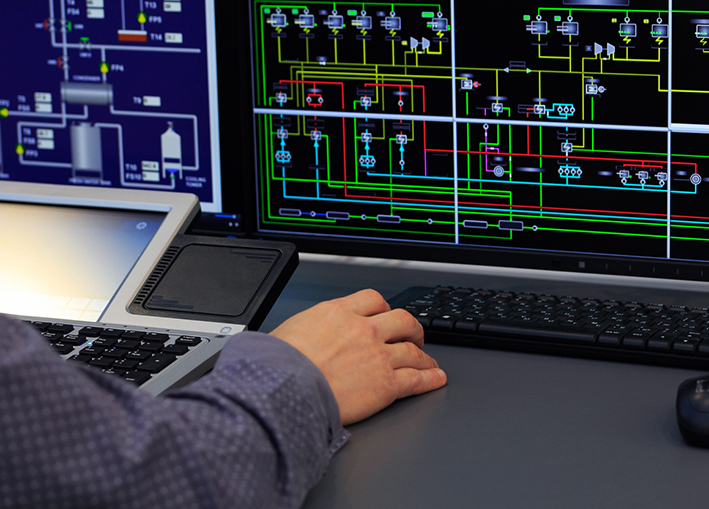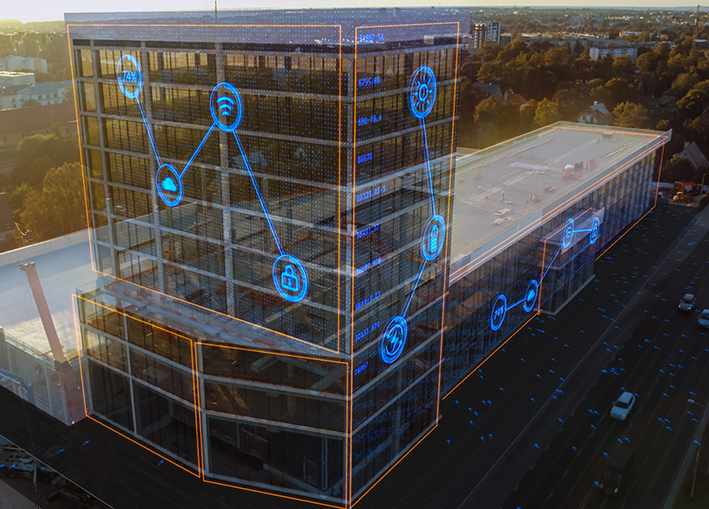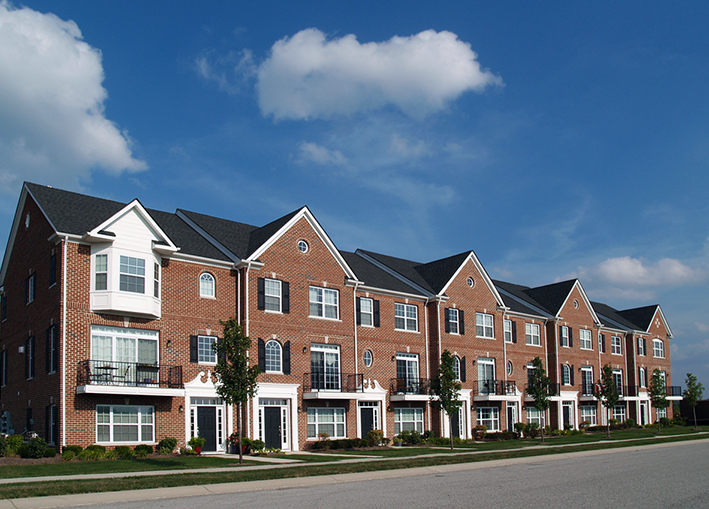Understanding how electrical circuits work makes it easier to maintain and optimize the electrical system in your commercial building. That’s why the Master Electricians at J & S Electrical Contractors, Inc. have put together the following Q & A on the types of electrical circuits and how they work. You’ll also learn why major appliances and equipment require dedicated circuits.
What Is an Electrical Circuit?
Circuits range from tiny microelectronic chips to huge power systems. Small chips can contain millions of transistors thanks to technological advances in the past 100 years. Electrical circuits consist of a closed loop of material capable of carrying electrical power through the wires and receptacles in your building.
What Are the Types of Electrical Circuits?
There are four major types of electrical circuits:
- Close Circuit: When a load has its own circuit, it’s a closed circuit. The current flow value depends on the system load.
- Open Circuit: When you turn off a light switch, it’s called an open circuit. This can also happen when you have faulty wiring or other electrical components, resulting in non-working electrical systems.
- Short Circuit: The plus and minus ends of a power source meet, causing maximum current flow. This can cause damage to sensitive electronics and your commercial electrical system.
- Series Circuit: When multiple loads (Bulb, Fan, CFL, LED, etc.) are mutually connected, it’s referred to as a series circuit.
What’s the Difference Between an AC Circuit and DC Circuit?
Both AC and DC describe current flow. In direct current (DC), the electricity flows in one direction. In alternating current (AC), the current sometimes changes direction.
Examples of DC uses include cell phones and flashlights. AC uses include fans, HVAC systems, and lights.
What Are Dedicated Electrical Circuits?
A dedicated circuit provides enough electricity to power larger appliances. A single circuit powers just one appliance.
What Are the Sizes of Dedicated Circuits?
It’s essential to know the right size circuit for appliances and equipment in commercial buildings. Otherwise, the breaker may continuously trip, increasing the risk of fire or overheating. The most common sizes range from 15 to 50 amps.
What Appliances/Equipment Uses 15- to 20-amp Circuits?
These appliances often require 15- to 20-amp dedicated circuits:
- Dishwashers
- Refrigerators
- Coffee makers
- Garbage disposal units
- Washers
- Microwaves
- Hairdryers
What Appliances/Equipment Uses 30- to 50-amp Circuits?
Heavy-duty equipment such as compressors require 30-to 50-amp dedicated circuits. Examples of appliances and equipment using these higher circuits include:
- Dryers
- Electric water heaters
- Electric ranges
- Compressors
- Air conditioning units
- Electric furnaces
If you have a problem with power surges or short circuiting, we can revamp your electrical panel for greater efficiency, safety, and performance. From rewiring your building to using dedicated circuits to power equipment and appliances, you can count on the expertise of our seasoned Master Electricians. Subpanels can also help regulate the electrical flow throughout your property.
J&S Electrical Contractors can design electrical systems with the correct electrical circuits and other components to safely power your commercial building. Call 215-633-8330 or contact us online for assistance with designing, installing, and maintaining your electrical systems.





